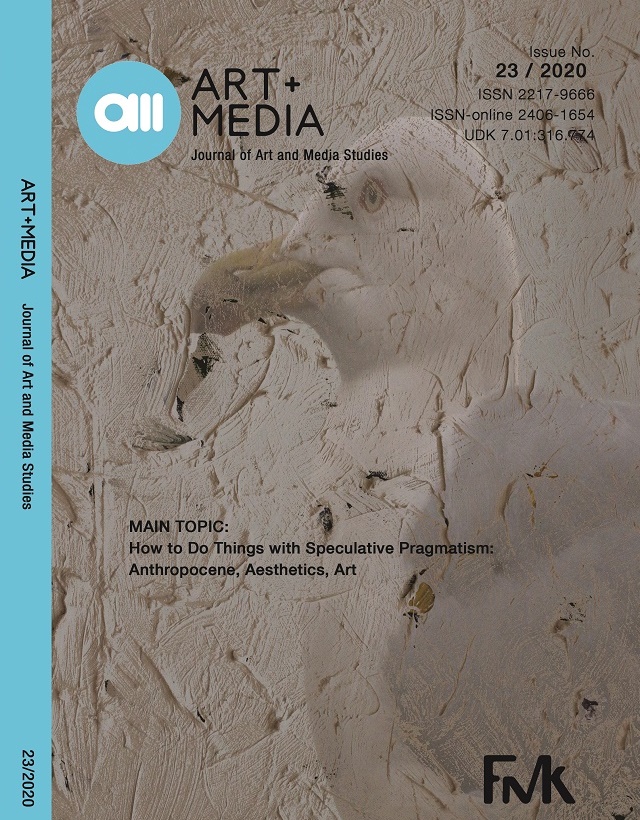Toward a Speculative-Pragmatic Sublime: A Narratological Analysis of the Toxic Sublime and the Unnarrated in Contemporary U.S. Literature
Toward a Speculative-Pragmatic Sublime: A Narratological Analysis of the Toxic Sublime and the Unnarrated in Contemporary U.S. Literature
Author(s): David LombardSubject(s): Aesthetics, Pragmatism
Published by: Fakultet za medije i komunikacije - Univerzitet Singidunum
Keywords: speculative; pragmatism; sublime; toxicity; Anthropocene; American literature; narratology; ecocriticism.
Summary/Abstract: This paper provides a close narratological and comparative analysis of Rachel Carson’s short story “A Fable for Tomorrow” (1962) and Susanne Antonetta’s memoir Body Toxic: An Environmental Memoir (2001), which both highlight the pragmatic and ecocritical potential of literature as a source of cultural responses to the Anthropocene challenge. Engaging in a critical dialogue with Brian Massumi’s concept of speculative pragmatism as presented in his Semblance and Event: Activist Philosophy and the Occurrent Arts (2011) and, more precisely, its aesthetic-political approach, the literary readings in this article build on other notions such as the unnarrated and the toxic sublime which complicate and enrich the literary discourse on environmental disruption. The literary works of environmental (non)fiction studied offer examples of how literature negotiates the (in)visibility, (un)representability, and (non)narratability of forms of environmental pollution through the use of the trope of the sublime as well as of olfactory and gustatory perception while they both portray the authors’ evident rhetorical intention to foster ecological awareness and responsibility.
Journal: AM Časopis za studije umetnosti i medija
- Issue Year: 2020
- Issue No: 23
- Page Range: 121-132
- Page Count: 12
- Language: English

